‘London Tube Stations 1924-1961’ charts Charles Holden’s impact on the Underground
‘London Tube Stations 1924-1961’ is a new monograph published by Fuel, on the work of Charles Holden and Frank Pick, who reshaped the graphic identity and spatial perception of the London Underground
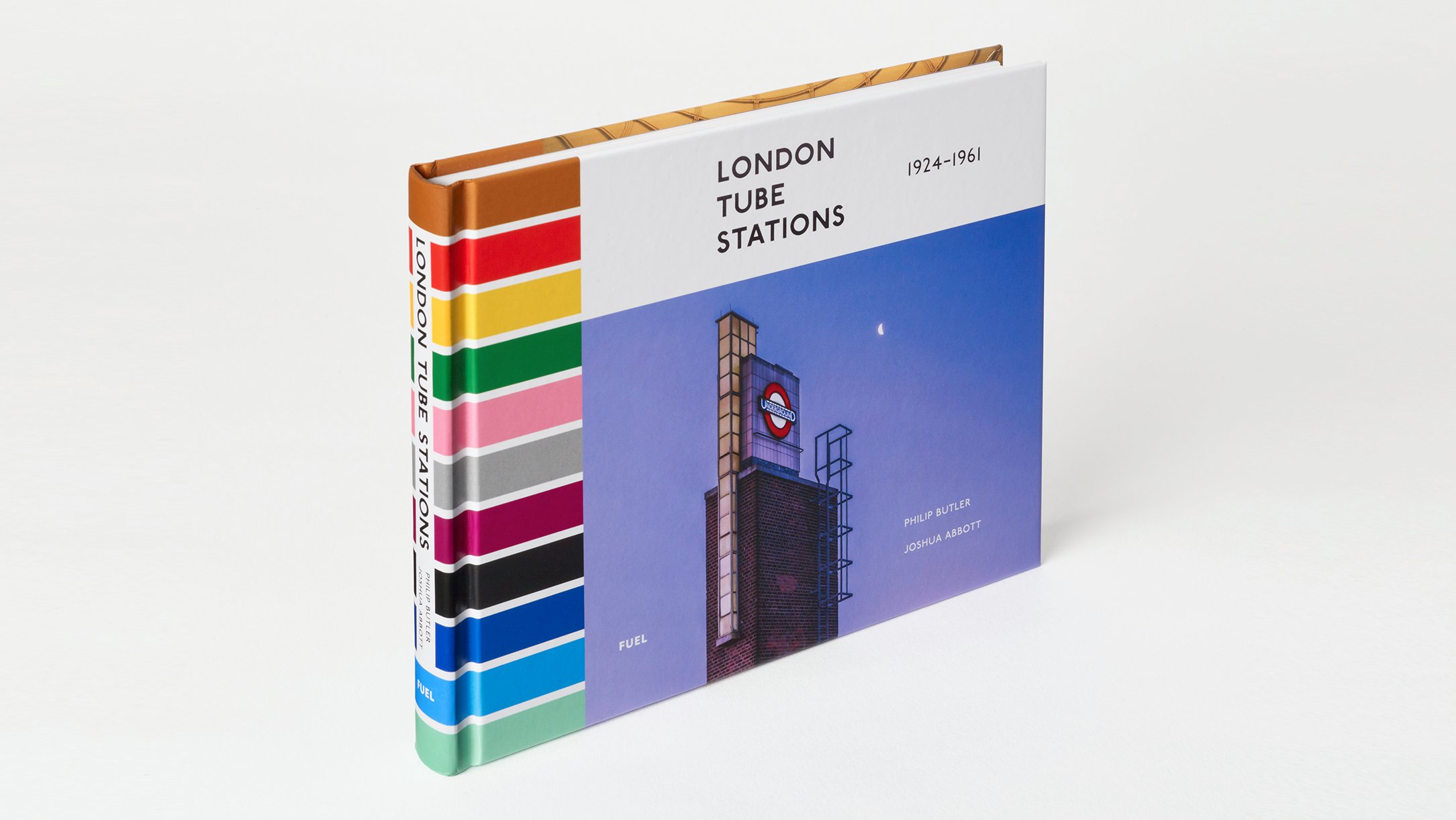
From the 1920s to the 1960s, London Underground led the world in industrial design, branding, architectural coherence and, last but not least, threading an efficient urban mass transit system beneath an ancient, disjointed and geographically diverse city.
‘London Tube Stations 1924-1961’
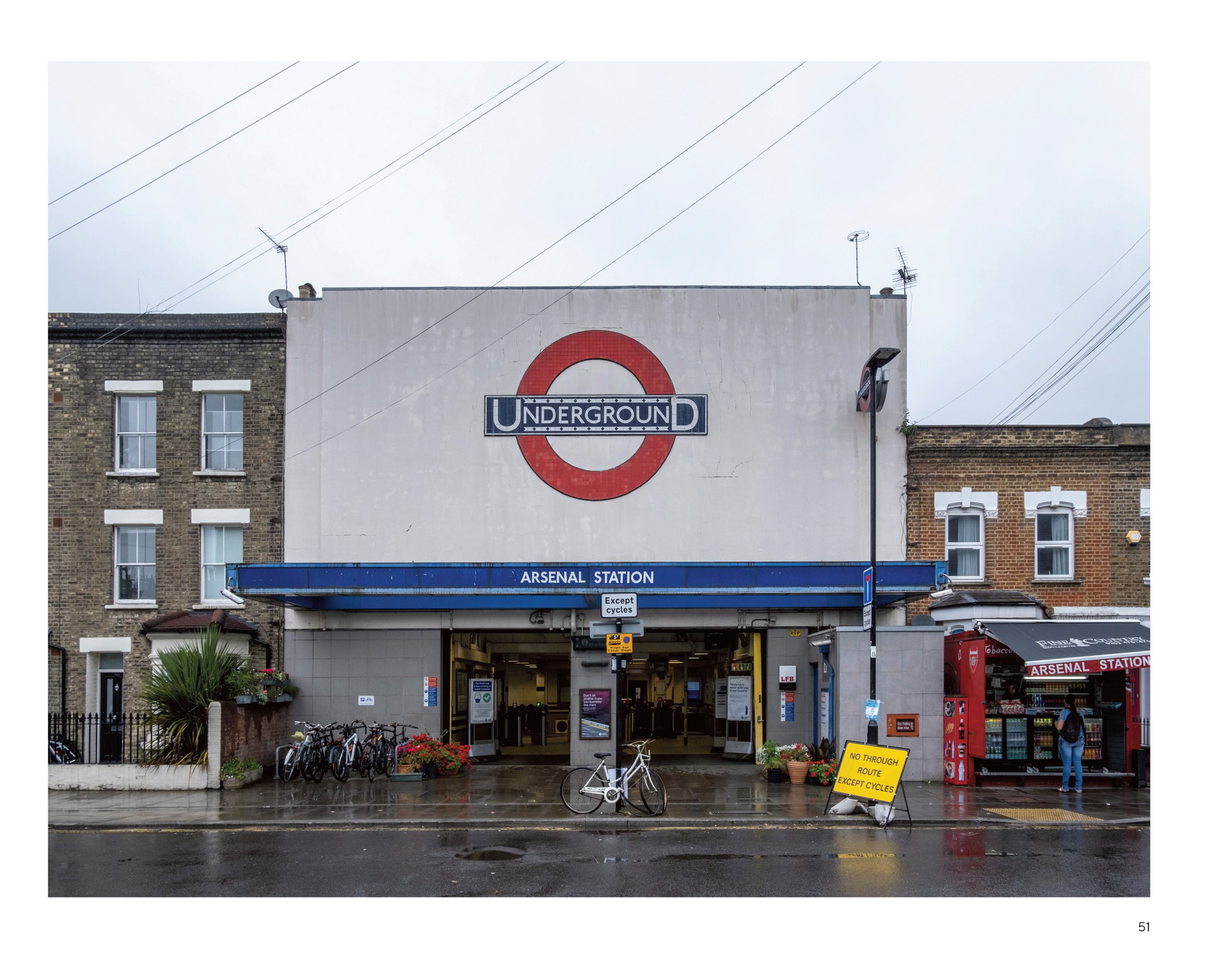
Charles Holden, Arsenal (Highbury Hill) Station, opened October 1932
London Tube Stations 1924-1961 is a visual chronicle of these years, focusing on the remarkable output and legacy of architect Charles Henry Holden. From Arts and Crafts-influenced beginnings, through to experience of designing severe and reverential war memorials, Holden was a gifted architect. In 1923 he met Frank Pick, who had worked his way up from a publicity officer at the Underground Electric Railways Company of London (UERL) to managing director.
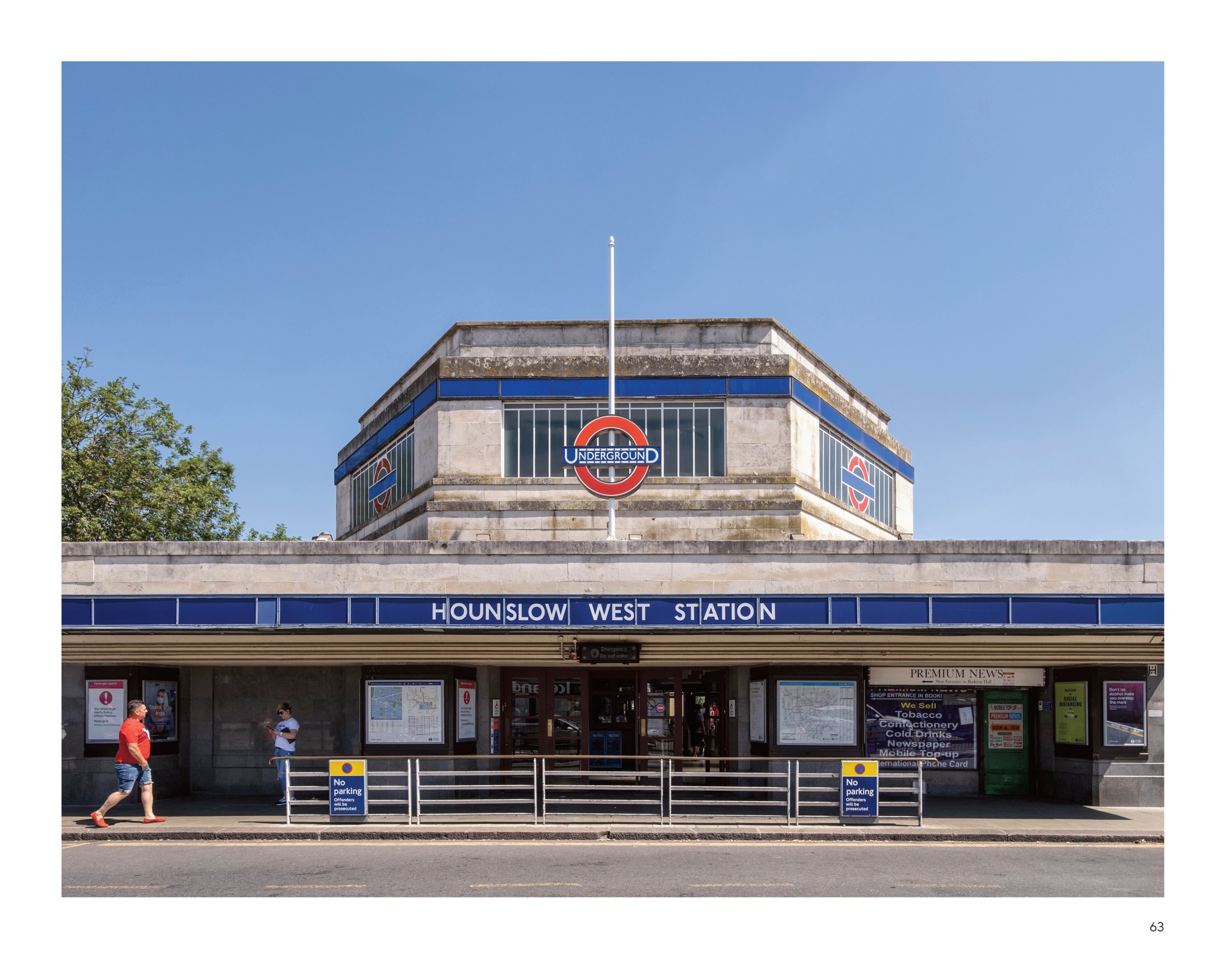
Charles Holden, Hounslow West Station, opened July 1931
Pick was a firm believer in the power of image and advertising. Under his watch, UERL became London Underground, together with its famous roundel symbol, with a bespoke typeface commissioned from Edward Johnston, and, in 1931, Harry Beck’s iconic tube map.
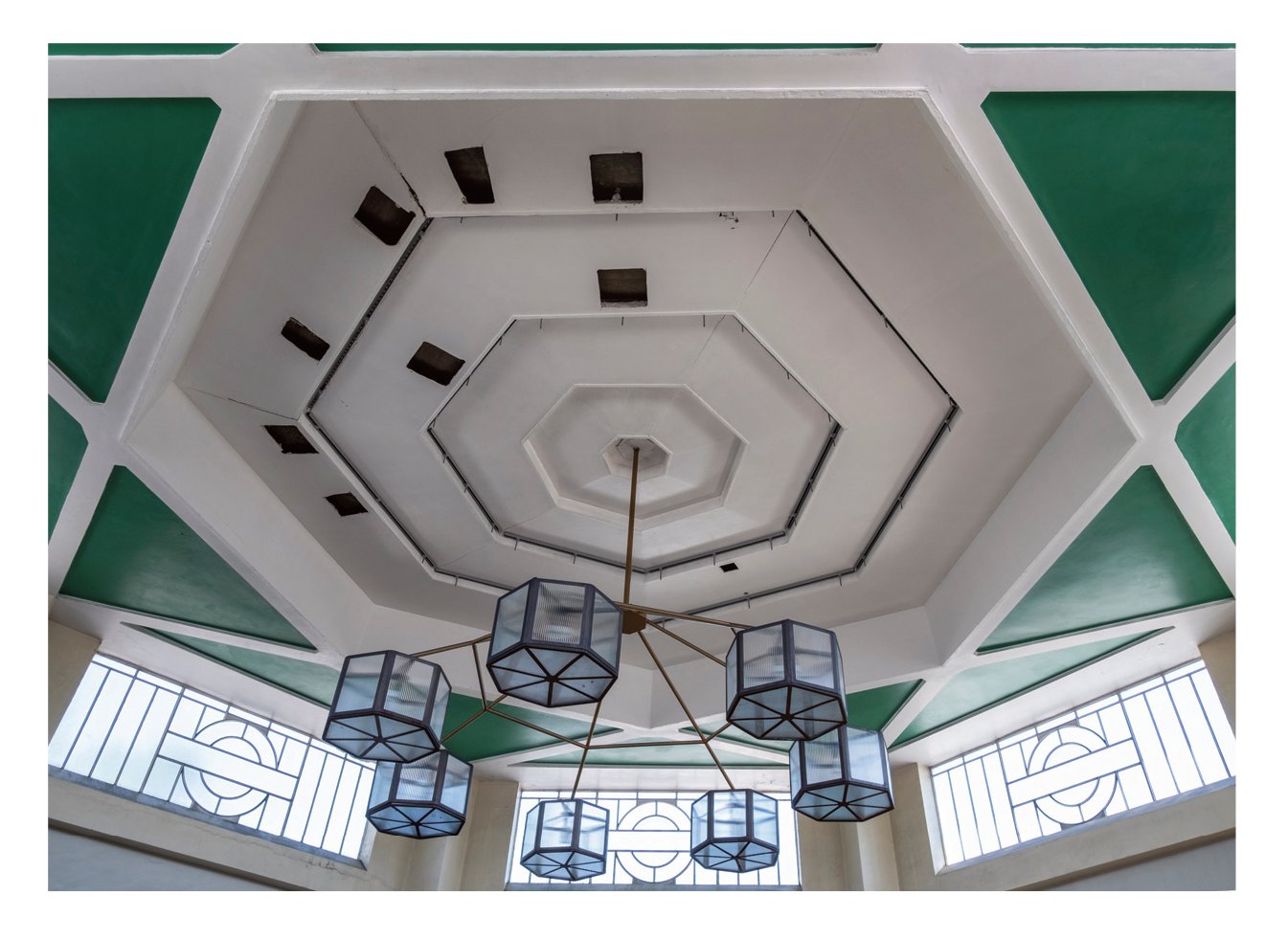
Charles Holden, Hounslow West Station. The heptagonal ticket hall and original bronze chandelier
Holden and Pick’s collaboration was a fertile meeting of minds. Extensions to the Northern Line and Piccadilly Line required new stations, often standalone structures that had to advertise their presence far and wide in the midst of shiny new suburbs, as well as provide interchange with buses. Holden’s designs synthesised the clean lines and expressive forms of the nascent Modern Movement with the English vernacular tradition. The two men even toured northern Europe in 1930 to explore the Bauhaus-era aesthetic for themselves.

John Easton Murray of Stanley Hall, Easton & Robertson, Loughton Station, 1940
True to the spirit of design evangelism, Pick described the process of station building as akin to the long-drawn-out construction of a cathedral, or ‘Medieval Modernism’. The stations have certainly endured, along with the designs inspired by Holden. This monograph, written by Joshua Abbott with new photography by Philip Butler, alongside archive images, chronicles a collaboration that still defines London’s contemporary streetscape.
London Tube Stations 1924-1961, Philip Butler and Joshua Abbott, FUEL publishers, £24.95, Fuel-Design.com
Also available from waterstones.com and amazon.co.uk
Receive our daily digest of inspiration, escapism and design stories from around the world direct to your inbox.
Jonathan Bell has written for Wallpaper* magazine since 1999, covering everything from architecture and transport design to books, tech and graphic design. He is now the magazine’s Transport and Technology Editor. Jonathan has written and edited 15 books, including Concept Car Design, 21st Century House, and The New Modern House. He is also the host of Wallpaper’s first podcast.
-
 New tech dedicated to home health, personal wellness and mapping your metrics
New tech dedicated to home health, personal wellness and mapping your metricsWe round up the latest offerings in the smart health scene, from trackers for every conceivable metric from sugar to sleep, through to therapeutic furniture and ultra intelligent toothbrushes
-
 Out of office: The Wallpaper* editors’ picks of the week
Out of office: The Wallpaper* editors’ picks of the week'Tis the season for eating and drinking, and the Wallpaper* team embraced it wholeheartedly this week. Elsewhere: the best spot in Milan for clothing repairs and outdoor swimming in December
-
 How Stephen Burks Man Made is bringing the story of a centuries-old African textile to an entirely new audience
How Stephen Burks Man Made is bringing the story of a centuries-old African textile to an entirely new audienceAfter researching the time-honoured craft of Kuba cloth, designers Stephen Burks and Malika Leiper have teamed up with Italian company Alpi on a dynamic new product
-
 Lulu Harrison is the Ralph Saltzman Prize winner 2025
Lulu Harrison is the Ralph Saltzman Prize winner 2025The Design Museum, London, announces Lulu Harrison as winner of The Ralph Saltzman Prize for emerging designers, and will showcase her work from 24 June to 25 August 2025
-
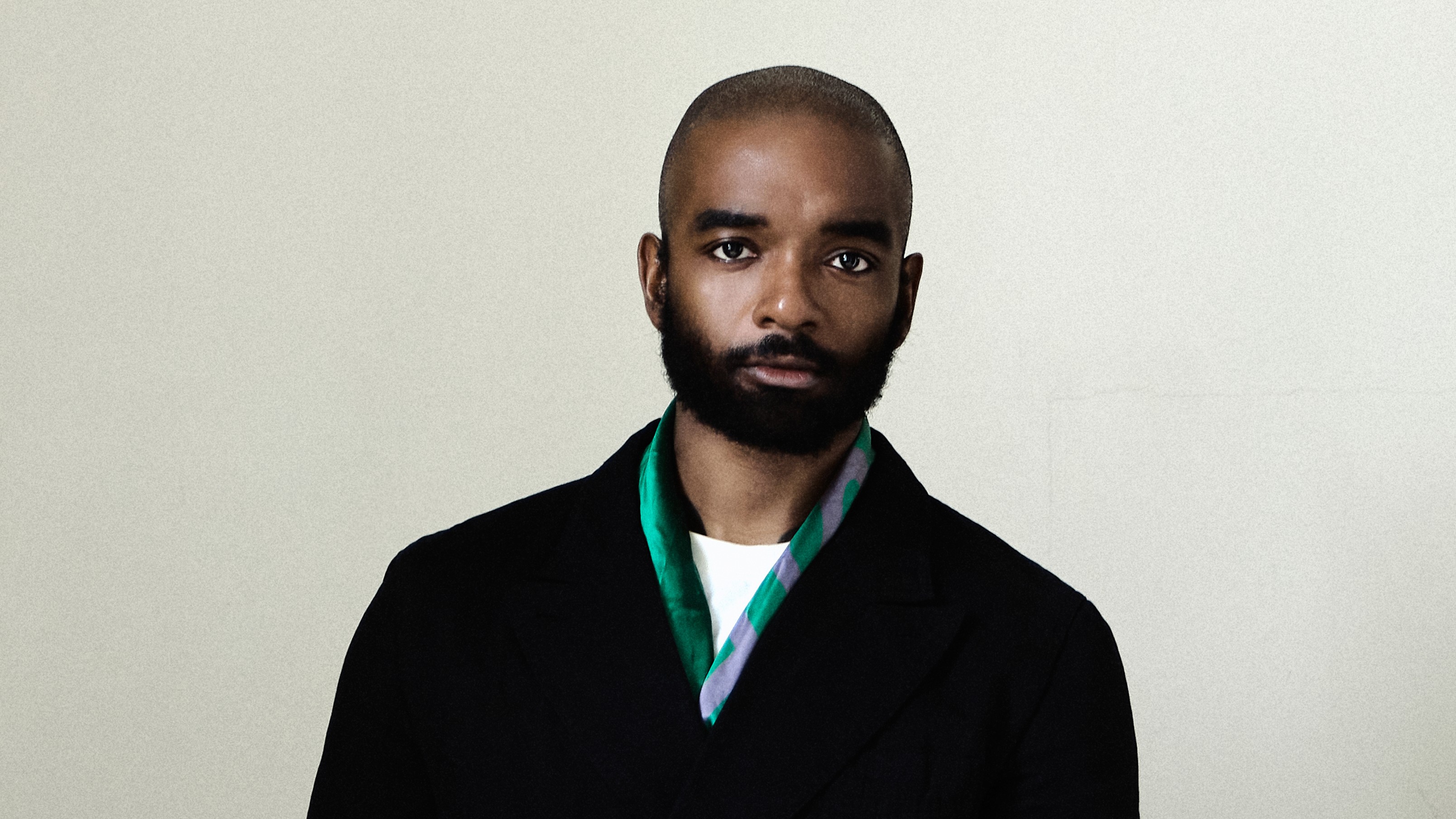 ‘Designers are far more than just producers of commercial goods’: Samuel Ross on the London Design Biennale
‘Designers are far more than just producers of commercial goods’: Samuel Ross on the London Design BiennaleThe artistic director of the major event and founder of A-COLD-WALL* discusses the role of a designer and the future of the sector in an exclusive interview
-
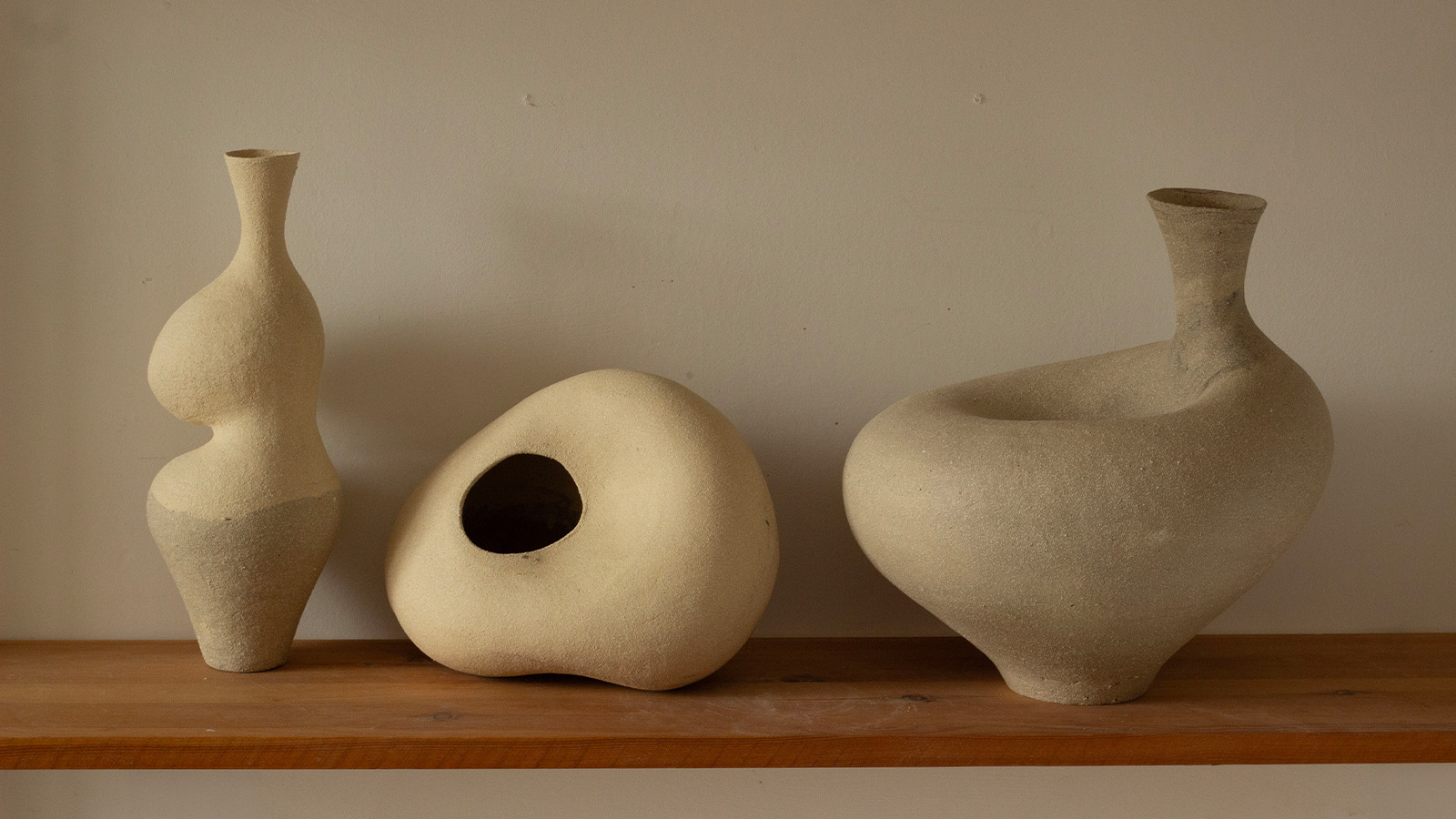 London Craft Week 2025 highlights – what to see this weekend
London Craft Week 2025 highlights – what to see this weekendLondon Craft Week 2025 (until 18 May) brings together some 1,000 established and emerging makers. Here is everything we saw and loved so you don't miss a thing
-
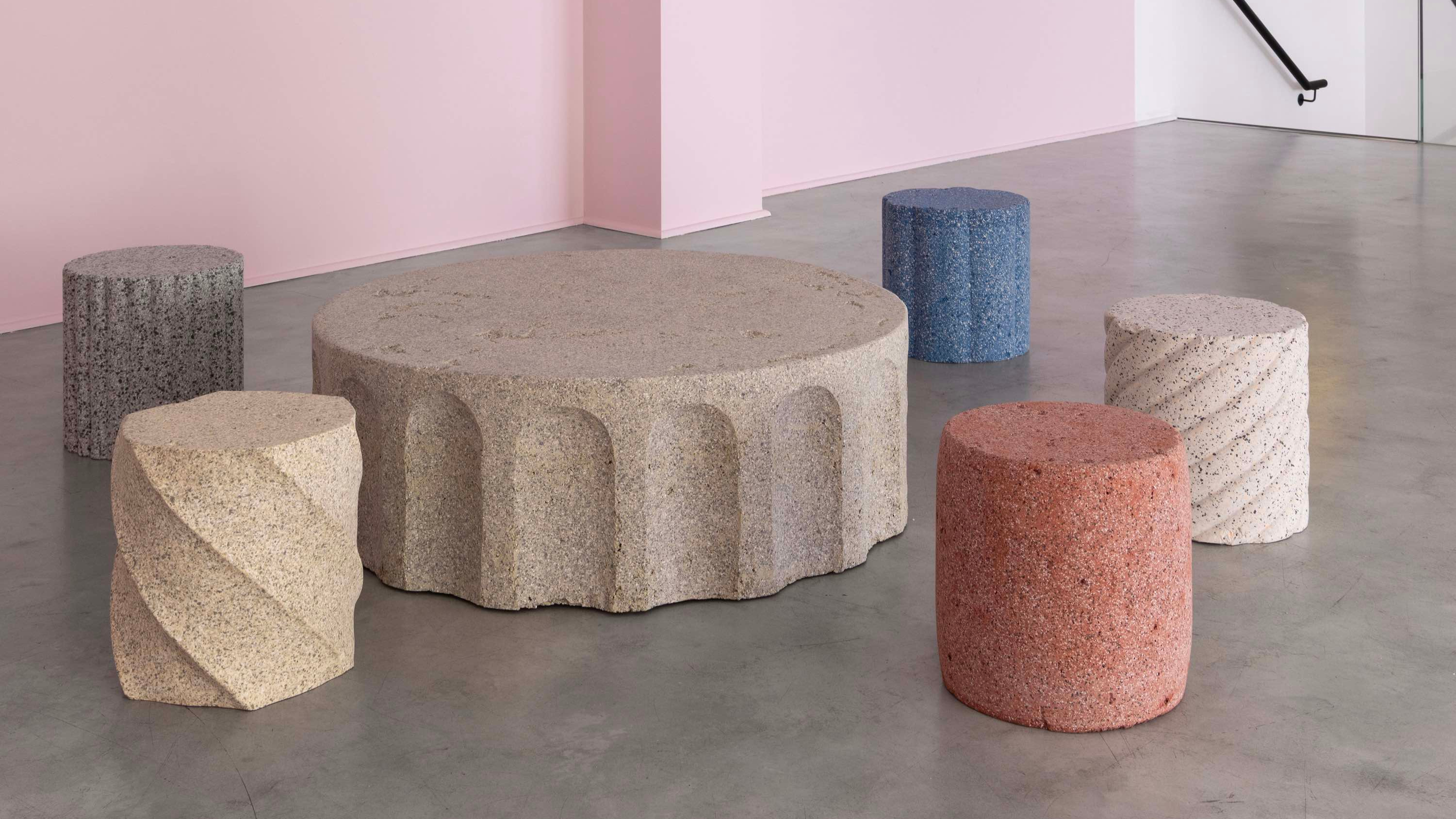 Erasers become architectural illusions at Gallery Fumi
Erasers become architectural illusions at Gallery FumiLondon duo Study O Portable unveil 'Rubber Rocks', trompe-l’œil furniture made from erasers, exploring themes of materiality, memory and architectural decay
-
 Liberty at 150: a history of the brand in 10 objects
Liberty at 150: a history of the brand in 10 objectsLiberty is marking its 150th anniversary; to celebrate, we remember products and prints that helped make the department store the cultural touchpoint it is today
-
 A first look inside the new Oxford Street Ikea. Spoiler: blue bags and meatballs are included
A first look inside the new Oxford Street Ikea. Spoiler: blue bags and meatballs are includedThe new Oxford Street Ikea opens tomorrow (1 May), giving Londoners access to the Swedish furniture brand right in the heart of the city
-
 What to see at London Craft Week 2025
What to see at London Craft Week 2025With London Craft Week just around the corner, Wallpaper* rounds up the must-see moments from this year’s programme
-
 Nature sets the pace for Alex Monroe’s first sculpture exhibition
Nature sets the pace for Alex Monroe’s first sculpture exhibitionThe British designer hops from jewellery to sculpture for his new exhibition at the Garden Museum, London. Here, he tells us why nature should be at the forefront of design